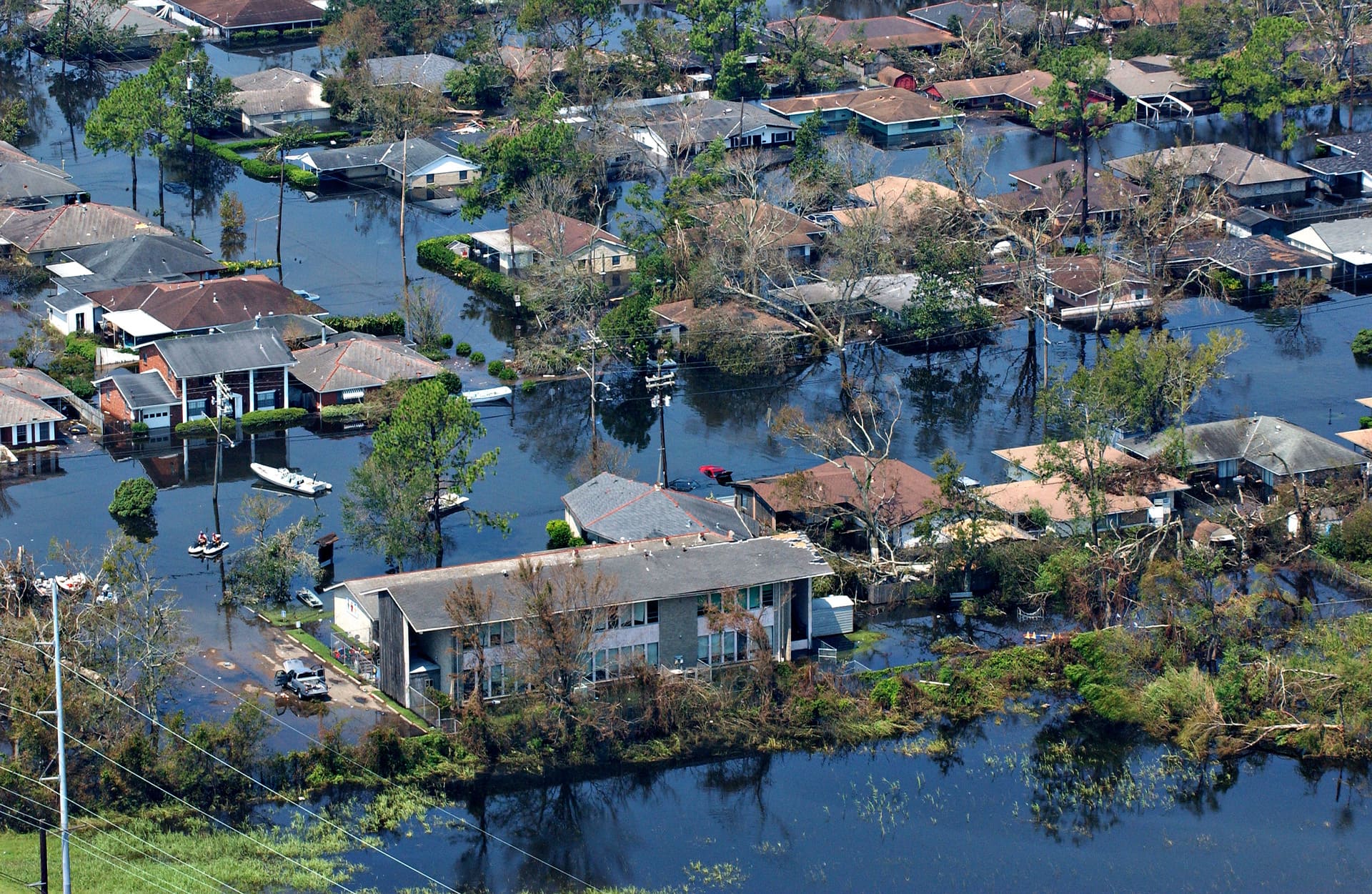New Orleans lessons for climate change
Hurricane Katrina's devastation underscores climate change's impact. To mitigate such events, climate action plans are crucial. The American Planning Association (APA) promotes these plans within a comprehensive framework to better prepare communities for natural disasters.

Four key elements of climate action plans
The APA recently edited and endorsed the United Nations’ Habitats Climate Action Plan Benchmark Guidelines, which includes four key elements.
Firstly, climate change planning must be integrated into a comprehensive framework.
Secondly, we must recognise the importance of settlement patterns in reducing greenhouse gas emissions. Compact, mixed-use, densely populated places that are adequately served by transit are the most energy efficient.
Third, transparent and accessible government is essential. New Orleans spent much time and effort to engage its citizens in the post-Katrina planning process. Without governance structures that provide citizens with information on policies, budget and plans, as well as access to the planning process, we will not have sustainable places.
Finally, we must adopt the Sustainable Development Goals (SDGs) indicators. These recently adopted goals and especially the proposed indicators, tie the metrics needed for climate action plans to both the New Urban Agenda and SDGs. The goals advocate critical choices – SDG 13 for example recommends we ‘Take urgent action to combat climate change and its impacts’. In addition, Goal 9 relates to resilient infrastructure for total energy use and Goal 11 encourages planning for higher-density mixed-use developments near public transit as part of a city’s strategy for progress on climate change.

The importance of green infrastructure for climate resilience
Climate change requires action from all levels of government. Planning for compactness, transit-oriented development and mixed land use will help places become more resilient and at the same time, more liveable and energy efficient. The APA is urging countries to take urgent initiatives to combat climate change and its impacts.
Countries still need to pursue the Sustainable Development Goals, especially Goal 11, and set specific targets such as the metrics suggested for reducing carbon emissions. Cities have been at the forefront in taking action. Both San Francisco and New York in the US have adopted action plans that can be found and reviewed as examples. Green infrastructure and adaptive reuse are both key elements of sustainable development. Continued cooperation across sectors and among governments is essential along with comprehensive planning to achieve our climate objectives after 2030.
Industrial sectors
- Electricity, gas, steam and air conditioning supply
- Water supply; sewerage, waste management and remediation activities
- Construction
- Accommodation and food service activities
- Information and communication
- Financial and insurance activities
- Real estate activities
- Professional, scientific and technical activities
- Administrative and support service activities
- Public administration and defence; compulsory social security
- Education
- Human health and social work activities
Habitat at the New European Bauhaus Festival and the STI Forum
This story is part of “Habitat: Embracing change in the post-2030 future”. Habitat was discussed at the side event “New habitats for the post-2030 future” during the New European Bauhaus Festival on 10 June 2022. At the STI Forum of 2023, a science policy brief recommendation on Habitat was published under the category “science-policy-society interface”: Enablers for transformative change to sustain people and nature-centred world. Download recommendation >
Contribution to story
- This is “HABITAT: Embracing Change in the Post 2030 Future” Exhibition designed and curated by Dr Sandra Piesik, 3 ideas B.V in collaboration with HABITAT Coalition and VITO
- Copy editing by Katleen Vandormael, Communication Manager G-STIC, VITO
- Cover image: Aerial view of massive flooding and destruction in the aftermath of Hurricane Katrina September 1, 2005 in New Orleans, LA © FEMA, Alamy Stock Photo
- “HABITAT: Vernacular Architecture for a Changing Planet” published by Thames & Hudson
- “HABITAT: Vernacular Architecture for a Changing Planet” published by Abrams
- “Habitat: Traditionelle Bauweisen für den globalen Wandel” published by DETAIL Special
- “Habiter la planète: Atlas mondial de l'architecture vernaculaire” published by Flammarion First Prize Winner at “J’aime le livre d’art”, Paris 2017
- “HABITAT: Arquitectura vernácula para un planeta cambiante” published by Blume
- “HABITAT: Vernacular Architecture for a Changing Climate’ published by Thames & Hudson UK, USA, and Shufuhsa
